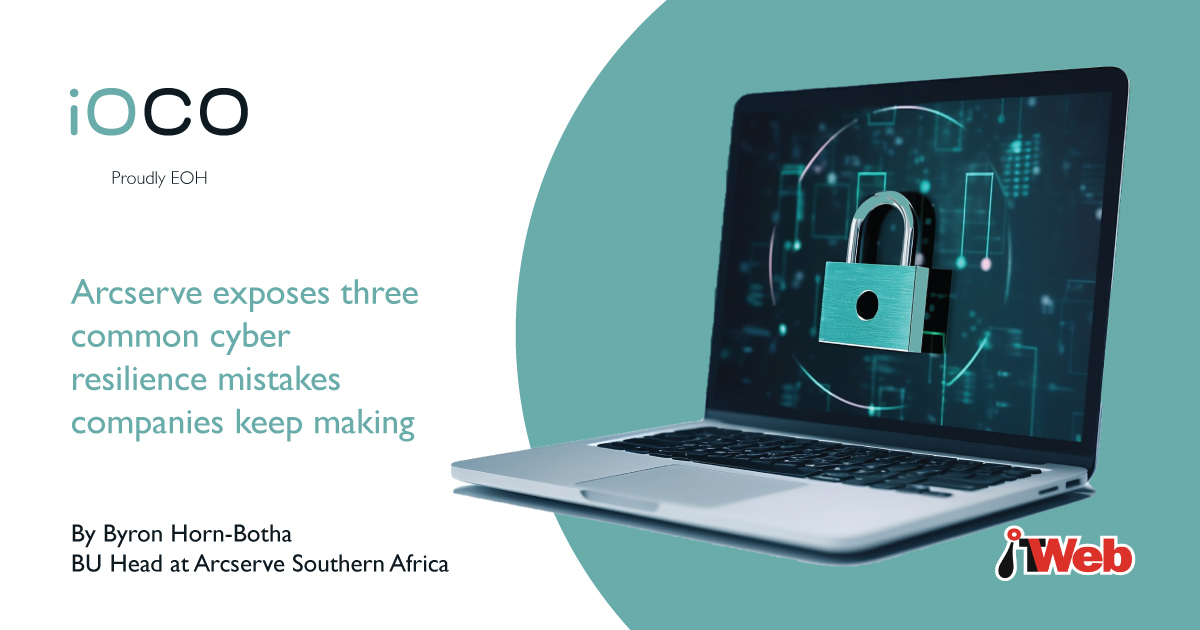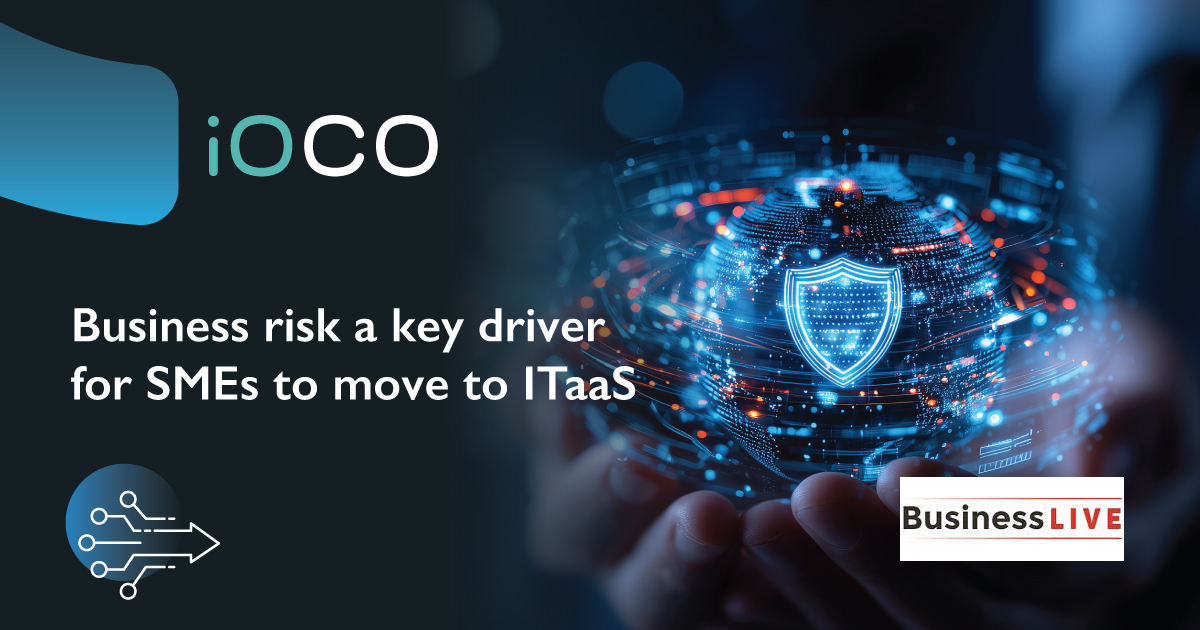Cyber threats continue to evolve and pose significant risks to businesses of all sizes across all industries. The consequences of a cyber attack can be devastating, ranging from financial loss to reputational damage to legal liabilities. But, according to Arcserve Southern Africa, organisations can defend themselves if they embrace the five pillars of cyber resilience: identify, protect, detect, respond and recover.
Byron Horn-Botha, Business Unit Head Arcserve Southern Africa, emphasises these pillars serve as a comprehensive framework for navigating today’s challenges. “While many organisations know this, all too often, many more do not. Indeed, many continue to make three common mistakes that leave them vulnerable to cyber threats,” says Horn-Botha.
He outlines the mistakes as follows:
Mistake 1: Underestimating the value of digital assets and data
One of the most critical errors in a company’s cyber resilience endeavours is failing to recognise the significance of digital assets and data. Businesses need to fully understand the worth of their digital assets, including intellectual property, customer data and proprietary information. This lack of awareness can lead to inadequate protection measures, such as weak passwords, outdated software and insufficient access controls, which exposes the business to cyber threats.
“With the world’s increasing reliance on digital technologies and data-driven decision-making, digital assets have become more valuable than ever – and more sought after by the bad guys. Cyber criminals constantly seek to exploit high-value data and assets for financial gain or to disrupt business operations. So, companies must conduct thorough risk assessments to identify their most critical assets and data, understand their vulnerabilities and implement robust security measures to strengthen them. These measures should include regular monitoring, patching and updating systems and software and implementing strong authentication mechanisms and encryption protocols,” he says.
He notes this sort of programme may be routine for large organisations, but many midsize companies still have legacy applications running on outdated operating systems from Windows. This can create a significant problem, leading to a data resilience gap in the company’s strategy. It can also present a real risk if their backup vendor cannot support those outdated operating systems. “Therefore, it’s essential to assess how many legacy applications you have running on older operating systems and whether they can be backed up. If your business still uses legacy applications and cannot back them up, you must address the problem to ensure data protection and security.”
Mistake 2: Ineffective management of third-party risk
Many companies rely on third-party vendors, suppliers and service providers to support their operations, and these external partners often have access to critical systems, data and networks. However, not all third parties have a strong cyber security posture; if they don’t, their vulnerabilities can provide entry points for cyber attacks.
Horn-Botha confirms companies often fail to thoroughly assess their third-party partners’ cyber security position and ensure they adhere to the same security standards and protocols as their own. “This can create weak links in the cyber security chain, allowing cyber criminals to exploit vulnerabilities in third-party systems and gain unauthorised access to an organisation’s data or systems. Businesses should conduct comprehensive due diligence on third-party vendors, assess their cyber security capabilities and establish robust contracts and agreements that clearly define security expectations and responsibilities. They should also regularly monitor and audit third-party cyber security practices to ensure ongoing compliance.”
This third-party risk is especially acute for organisations operating in a hybrid cloud environment. That’s because supporting disparate cloud platforms and ensuring they work well with each other can be unwieldy and open up security gaps. Horn-Botha says to address these concerns, organisations should have an adequate data protection and recovery strategy for their hybrid cloud environment. “This includes choosing a cloud storage solution that offers continuous snapshots, multiple recovery points and security controls for private, public and SaaS environments.”
Mistake 3: Inadequate testing of incident-response plans
Companies often invest significant resources in developing incident-response plans to mitigate the impact of cyber attacks. However, many fail to adequately test and update their plans, which leaves them ill-prepared to respond effectively to real-world cyber incidents. Incident-response strategies are only effective if regularly tested, refined and updated based on evolving cyber threats and changing business needs.
Organisations are urged to conduct regular tabletop exercises and simulated cyber attack scenarios to test the effectiveness of their incident-response plans. “These exercises can help identify gaps and weaknesses in the plans and indicate necessary adjustments. In addition, companies should conduct post-incident reviews after any actual cyber incident to assess the effectiveness of the response and identify areas for improvement. This feedback loop is critical for continuously improving the incident-response capabilities of an organisation and ensuring that plans remain effective and relevant.”
Final takeaway
Horn-Botha says companies must avoid common mistakes in their cyber resilience efforts as the threat landscape evolves. “Understanding the value of assets and data, effectively managing third-party risks and adequately testing incident-response plans are all critical components of a robust cyber security strategy,” he concludes.
Written by: Byron Horn-Botha, Business Unit Head – Arcserve Southern Africa
Originally featured here



